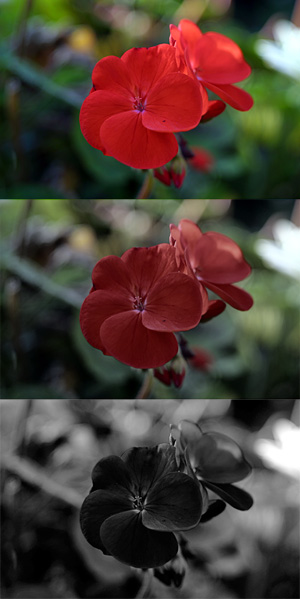Kruithof curve
Kruithof curve is a concept in the field of lighting, particularly focusing on the correlation between light intensity and color temperature for human comfort. The curve is named after Dutch physicist Arie Andries Kruithof, who proposed the relationship in the early 20th century. It serves as a guideline for lighting designers and researchers in creating environments that are visually comfortable and aesthetically pleasing to humans.
Overview[edit | edit source]
The Kruithof curve illustrates the acceptable range of light intensity (measured in lux) and color temperature (measured in Kelvin) that generally appears pleasant to human observers. According to Kruithof, there is a specific range of color temperatures that are considered comfortable at different levels of illuminance. For instance, lower illuminances are more comfortable with warmer color temperatures (around 2700K to 3000K), resembling the light from incandescent bulbs or sunset. As the illuminance increases, the acceptable color temperature range shifts towards cooler temperatures (up to 6000K or more), akin to daylight.
Application[edit | edit source]
The Kruithof curve has been applied in various settings, including office lighting, residential lighting, and public spaces, to enhance the visual environment and ensure it meets human comfort standards. It is particularly relevant in the design of LED lighting, where color temperature and intensity can be precisely controlled. However, the application of the Kruithof curve is not without its critics, as some studies suggest that individual preferences can vary significantly, and the curve does not account for all variables influencing visual comfort.
Criticism and Controversy[edit | edit source]
Critics of the Kruithof curve argue that it oversimplifies the relationship between color temperature and illuminance. Recent research suggests that factors such as the spectral distribution of light, the time of day, and the specific activities being performed can also significantly impact perceived comfort and visual performance. Additionally, cultural differences and personal preferences may influence an individual's perception of comfortable lighting, challenging the universality of the Kruithof curve.
Conclusion[edit | edit source]
While the Kruithof curve has played a significant role in the development of lighting standards and design practices, it is essential to consider it as one of many tools in creating comfortable and effective lighting environments. Advances in lighting technology and further research into human visual perception will continue to refine our understanding of the optimal conditions for various settings.
Search WikiMD
Ad.Tired of being Overweight? Try W8MD's physician weight loss program.
Semaglutide (Ozempic / Wegovy and Tirzepatide (Mounjaro / Zepbound) available.
Advertise on WikiMD
|
WikiMD's Wellness Encyclopedia |
| Let Food Be Thy Medicine Medicine Thy Food - Hippocrates |
Translate this page: - East Asian
中文,
日本,
한국어,
South Asian
हिन्दी,
தமிழ்,
తెలుగు,
Urdu,
ಕನ್ನಡ,
Southeast Asian
Indonesian,
Vietnamese,
Thai,
မြန်မာဘာသာ,
বাংলা
European
español,
Deutsch,
français,
Greek,
português do Brasil,
polski,
română,
русский,
Nederlands,
norsk,
svenska,
suomi,
Italian
Middle Eastern & African
عربى,
Turkish,
Persian,
Hebrew,
Afrikaans,
isiZulu,
Kiswahili,
Other
Bulgarian,
Hungarian,
Czech,
Swedish,
മലയാളം,
मराठी,
ਪੰਜਾਬੀ,
ગુજરાતી,
Portuguese,
Ukrainian
Medical Disclaimer: WikiMD is not a substitute for professional medical advice. The information on WikiMD is provided as an information resource only, may be incorrect, outdated or misleading, and is not to be used or relied on for any diagnostic or treatment purposes. Please consult your health care provider before making any healthcare decisions or for guidance about a specific medical condition. WikiMD expressly disclaims responsibility, and shall have no liability, for any damages, loss, injury, or liability whatsoever suffered as a result of your reliance on the information contained in this site. By visiting this site you agree to the foregoing terms and conditions, which may from time to time be changed or supplemented by WikiMD. If you do not agree to the foregoing terms and conditions, you should not enter or use this site. See full disclaimer.
Credits:Most images are courtesy of Wikimedia commons, and templates, categories Wikipedia, licensed under CC BY SA or similar.
Contributors: Prab R. Tumpati, MD


